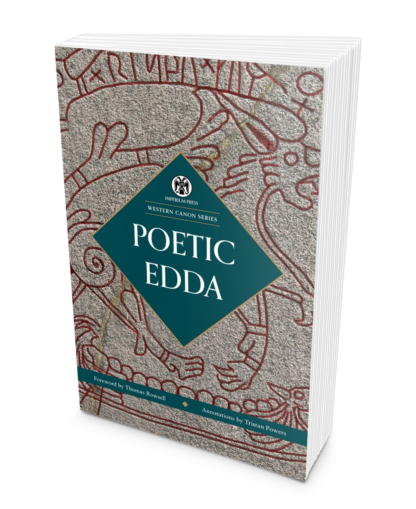What do you think?
Rate this book


941 pages, Paperback
First published January 1, 1270
Middling wise every man should be:
beware of being too wise;
happiest in life most likely he
who knows not more than is needful.
You should be
only a little wise,
never too wise.
The happiest people
throughout their lives
are the moderately wise.
Don’t git too goddamned smart, now,
there’s a measure for ever’thing.
And don’t think it’s for nothing
that the stupid people
tend to be the happier ones, too.










